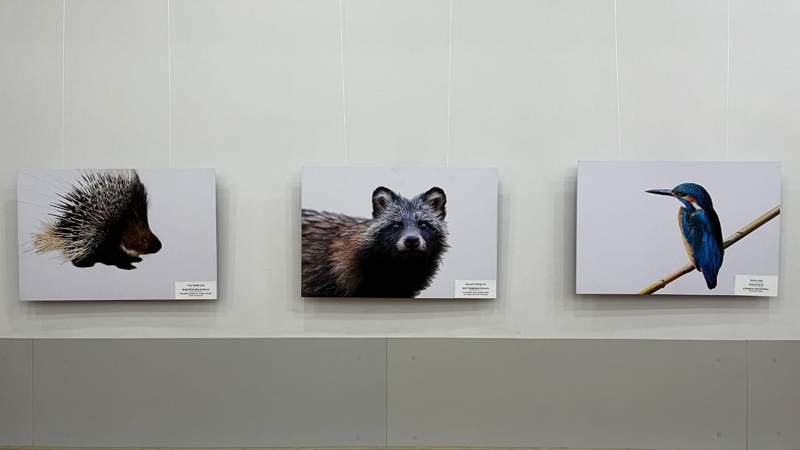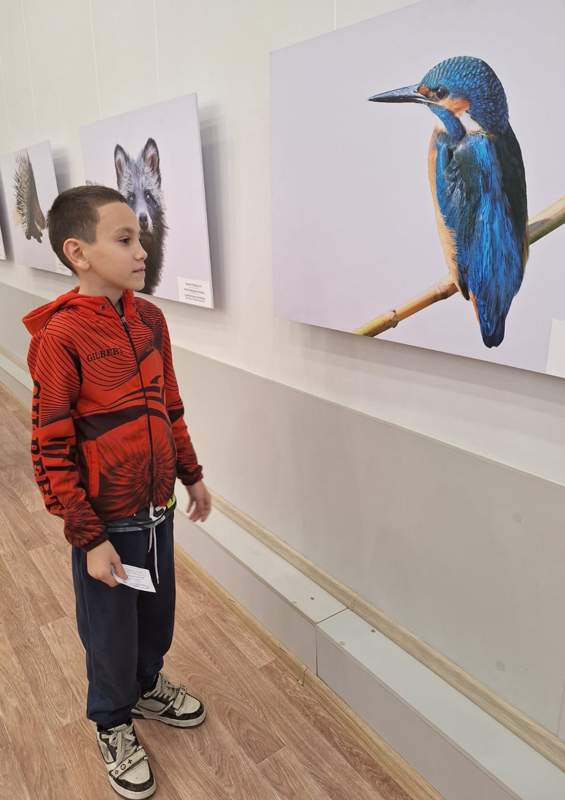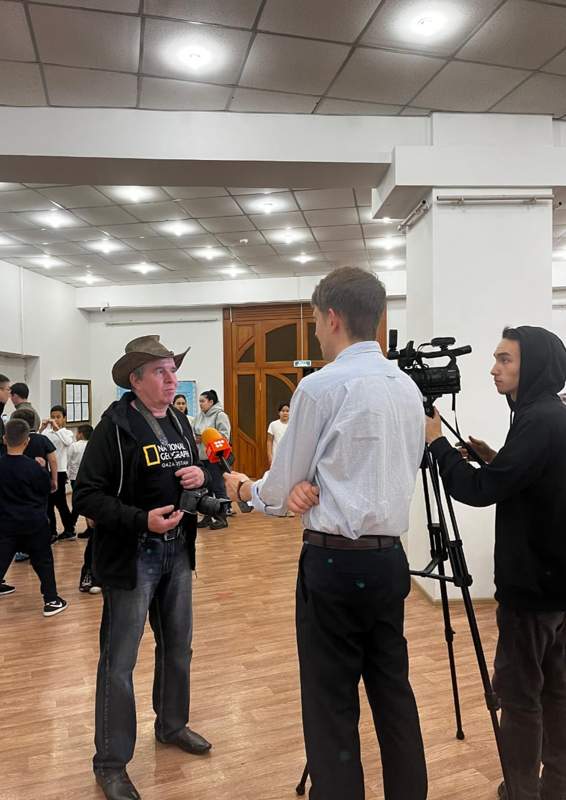Wildlife of Kazakhstan: Karaganda photo exhibition reveals struggles and rewards of capturing nature
On October 23, the exhibition “Wildlife of Kazakhstan through the Eyes of Professional Photographers” opened at the Karaganda Regional Museum of Fine Arts, offering viewers an in-depth look at Kazakhstan’s rich fauna. Featuring over 1,000 images captured across six expeditions, the exhibit showcases the dedication of photographers to bring these captivating scenes to life. Authors of the exhibition told Kazinform News Agency correspondent about the unique challenges and experiences involved in photographing Kazakhstan's diverse wildlife, highlighting the importance of both preservation and connection to nature.

One of the authors of the project and chief photographer of National Geographic Qazaqstan, Yerbolat Shadrakhov, sees photography as an important resource for raising environmental awareness: “In my opinion, photography of animals and plants can play a key role in raising awareness about preserving Kazakhstan’s biodiversity. Beautiful and well-composed photographs of unique places and rare species of animals and plants can inspire people to value and protect our natural environment. Vivid and memorable images of animals and their gazes can evoke an emotional response, helping people better understand the importance of preserving wildlife."


Shadrakhov emphasizes that such works serve as a powerful means of spreading information: the images are easily shared on social media, help with education in schools, and are used in exhibitions like this one. "Photography is becoming a powerful tool for drawing attention to conservation issues and inspiring action to protect our nature," he adds.

However, in pursuit of a photo, photographers face many challenges, some of which Shadrakhov shared: "Animals can be shy, and capturing them at the right moment can be very difficult. It often takes a long time to wait for the right moment to shoot. The need for special lenses and cameras can be difficult due to their weight and bulkiness." In difficult natural conditions, where bright sun, rain or wind can interfere with shooting, photographers show persistence and endurance, emphasizing that every successful shot is the result of patience and love for nature.

Co-author of the exhibition and photographer, Dmitry Rugis also shared fascinating stories about the difficulties he faces in the field. One of his memorable encounters was with a wild boar, which is known for its aggressiveness and strength.

“A boar is a dangerous animal, very strong, very fast. Trying to photograph a boar, we knew in advance where it might appear, and from time to time we walked through these places. And one day I was lucky,” Rugis recalls.

The photographer told how he once found himself face to face with a boar near a lake: the animal jumped out of the bushes and rushed past. Rugis risked following it along the shore, watching its movement through the moving reeds. At some point, the boar came out into shallow water, but did not give me the opportunity to focus clearly because of the dense thickets. However, the photographer continued to pursue him for several kilometers until the boar disappeared into the bushes. The next morning, he was lucky again, accidentally meeting a couple of boars in shallow water and taking several bright photos.

Another story that Rugis recalls is connected with a mountain goat. The photographer tried for a long time to capture it away from the fence in order to get a complete frame.“The goat came close to the fence when I approached, hoping to get a treat,” Rugis says, “But it was impossible to photograph it close to the fence, the fence interfered with the shooting. At some point, I decided to scare it a little, hoping that it would move away from the fence. The goat, of course, was not scared, but the technique still worked. It mistook me for a rival, took a few steps to the side, from the fence, and I managed to take good photos.”
The mission of the project "Wildlife of Kazakhstan" is not just to show viewers rare species of animals, but also to awaken their interest in protecting biodiversity. Until November 1, visitors to the exhibition will be able to see the animal world of Kazakhstan from a new side, experiencing adventures together with photographers.
